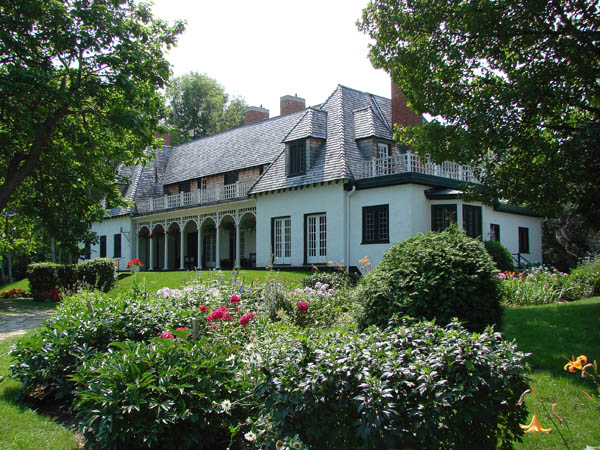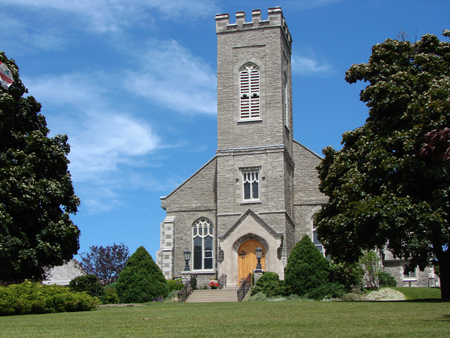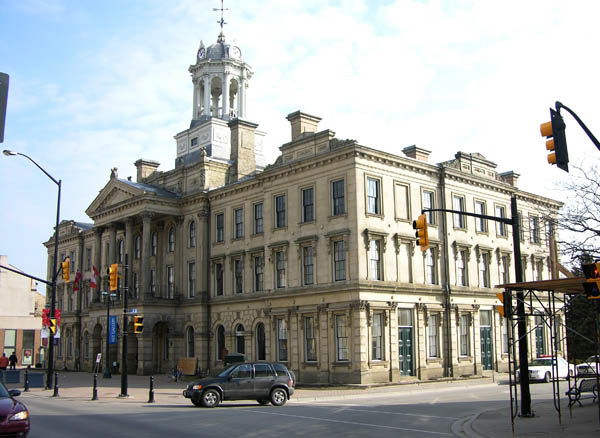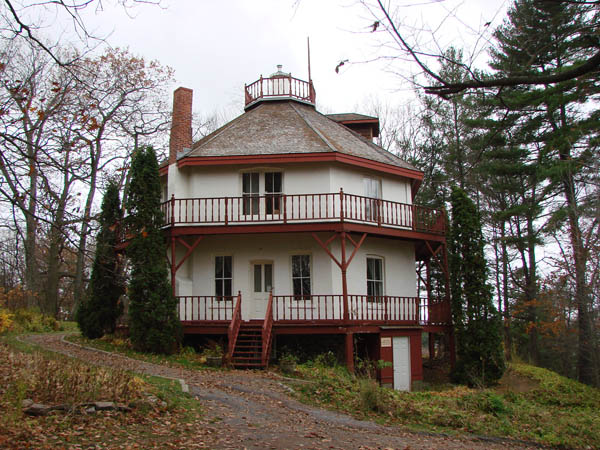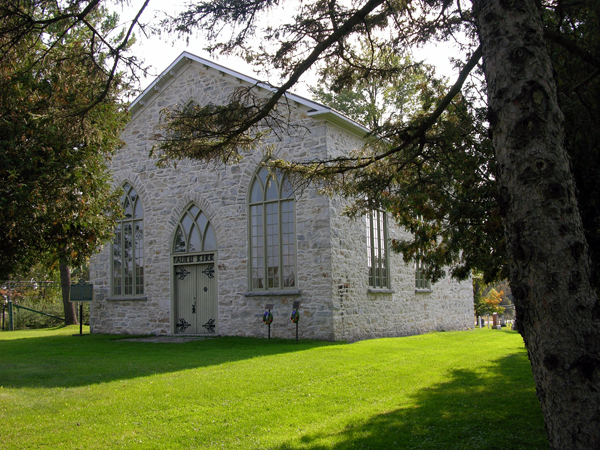Menu
The ever-present threat of fire spurred several 19th-century Ontario towns and cities to investigate municipal systems of water supply. The great Carleton County Fire of 1870 and the Chicago Fire of 1871 led to the City of Ottawa engaging Thomas C. Keefer, a leading Canadian engineer, to design Ottawa's first system of water distribution. The pumping station, together with headworks and bridges, cost $265,916.31.
Located
on LeBreton Flats, it featured a novel use of water power to operate
the pumps rather than the more traditional steam-driven engines used in
Hamilton. Water was drawn in from an intake near Chaudière Falls and fed
through an open aqueduct to waterwheels coupled to two large
reciprocating pumps. These reciprocating pumps pumped water extracted
from a separate intake from the river into the distribution system. As
the city grew, seven additional pumping units were installed between
1876 and 1915.
Designed by Keefer, the station was constructed as a one-storey limestone building with a mansard roof featuring individual and paired tall, segmental arch windows with voussoirs and keystones. Rusticated stone quoins figure prominently. Additional pumping units were installed and housed in a ground floor addition designed by the architect E.L. Horwood in 1888. The mansard roof and decorative metal cresting were removed and replaced in 1899 with a second-floor addition also designed by Horwood. The pumping station continues to play a significant role in the City’s water distribution.
The Ontario Heritage Trust secured a heritage easement to conserve the building in March 1983. The City of Ottawa has designated it under the Ontario Heritage Act.


